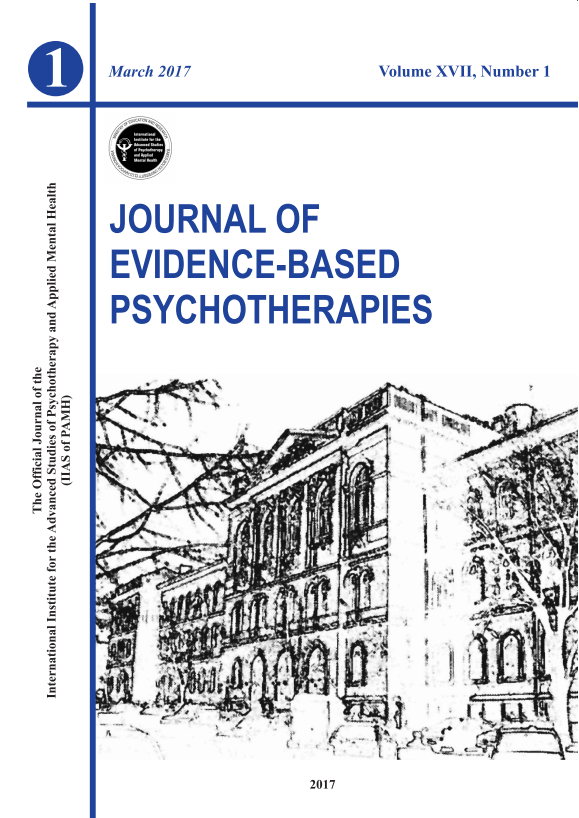Meifang.lin86@gmail.com
Jiao-Yan Wang1,5, Mei-Fang Lin1,2,3*, Chu-Yi Yang1,5, Zhendong Liang3,4, and Yun-Ming Chang1,2,3
1 Department of Psychology, School of Education and Psychology, Minnan Normal University, China/ Fujian, Zhangzhou City, 363000.
2 Fujian Province University Key Laboratory of Applied Cognition & Personality, China.
3 Institute of Applied Psychology, Minnan Normal University, China.
4 School of Business, Minnan Normal University, China/ Fujian, Zhangzhou City, 363000.
5 Nuanyang Zizai Psychological Center, China.
Abstract
The incidence of suicide, particularly among youth, is on the rise. Research has shown that single-session suicide interventions can effectively reduce suicide risk. The objective of this study was to develop a concise suicide assessment scale that incorporates both risk and protective factors, designed specifically for use in single-session interventions. A combination of item analysis, factor analysis, and characteristic curve analysis was employed to select 83 items from existing literature. These items were then subjected to a two-stage scale development process, including a pre-test and a formal test. The finalized scale, derived from a sample of 798 college students, consists of 30 items across four factors: suicidal behavior, depression, hopelessness, and reasons for living. The Cronbach’s α for these factors ranged from 0.85 to 0.95. The criterion validity was found to be 0.77 (p < 0.01). ROC curve analysis determined the critical value of the scale to be 120 points, with scores of 120 or lower indicating a suicide risk, which can be further classified as mild, moderate, or severe. This suicide assessment scale is reliable, valid, easy to use, and has the ability to identify suicide risk.
Keywords: single-session suicide intervention; suicide assessment scale; warning sign; suicide risk factor; protective factor; college students.
Please cite this article as:
Wang, J. Y., Lin, M. F., Yang, C. Y., Liang, Z., & Chang, Y. M., (2025). Research and Development of a Suicide Assessment Scale in Single-Session Suicide Crisis Intervention. Journal of Evidence-Based Psychotherapies, 25(1), 99-128.
DOI: 10.24193/jebp.2025.1.5
Published online: 2025/03/01
Published print: 2025/03/01
